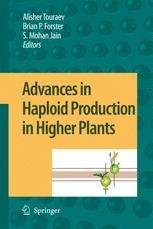In recent years, knowledge of anthocyanin pigments has undergone unprecedented expansion. Indeed, the molecular genetic control of anthocyanin biosynthesis is now one of the best understood of all secondary metabolic pathways. Advances in analytical technology have led to the discovery of many novel anthocyanin compounds, dramatically enriching the palette used by plant breeders to introduce vibrant new colors into horticultural crops. The food industry, too, has benefited from this research; methods for stabilizing the colors of anthocyanins extracted from cell cultures have been optimized, opening the way for their use as natural food colorings.
Recent scientific research has also focused on the possible benefits to human health from the ingestion of anthocyanin-rich foods. Anthocyanins are remarkably potent antioxidants. These pigments, especially in conjunction with other flavonoids, have been associated with reductions in the incidence and severity of many other non-infectious diseases, including diabetes, cardiovascular disease and certain cancers.
Finally, there has been significant progress in our understanding of the benefits of anthocyanins to plants themselves. Originally considered an extravagance without a purpose, anthocyanins are now implicated in multifarious vital functions. These include the attraction of pollinators and frugivores, defense from herbivores, and protection from environmental stressors. Anthocyanins are highly versatile and enormously useful to plants.
This book covers the biosynthesis and function of anthocyanins (and the related proanthocyanidins) in plants, and their applications in agriculture, food products, and human health. The book addresses wide-ranging issues that include human nutrition, the pastoral sector, cell culture production systems, food colorants, flower and fruit color, plant biotic interactions, and the responses of plants to environmental stress.




